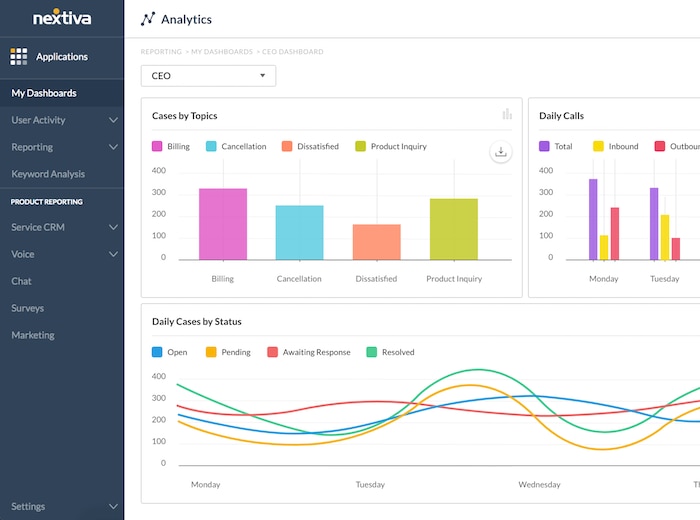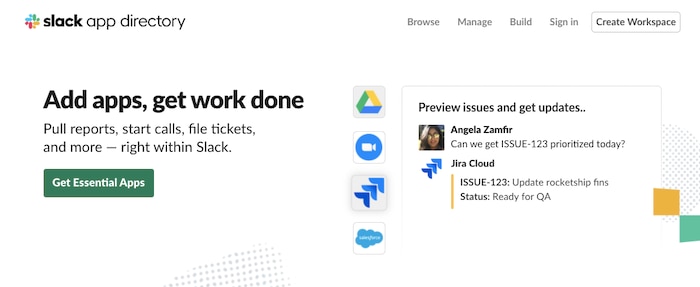It’s no secret that customers are more loyal to businesses that exceed their expectations and delight them. As a business, we must strive to “Design for Delight” and fall in love with our customer’s problems. This has been Intuit’s® secret weapon and has worked for countless other brands.
But, how do we delight our customers over and over again?
A recent study on Harvard Business Review examined 75,000 people who had interacted with customer service over phone, web, voice prompts, chat, and email. Here were the two biggest discoveries:
- Great customer service is built by simply reducing your customer’s effort – the work they must do to get their problem solved. This goes hand in hand with Deep Customer Empathy in Intuit’s Design for Delight process.
- Acting deliberately on this insight can help improve customer service and reduce customer service costs.
In this article, we’ll review some tools and tips to help your team deliver great customer service behind the scenes, providing the support your support team needs to help customers solve their problems.
















